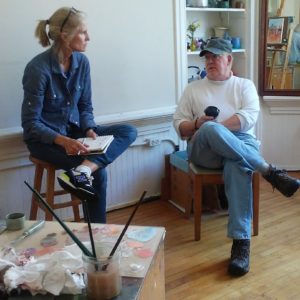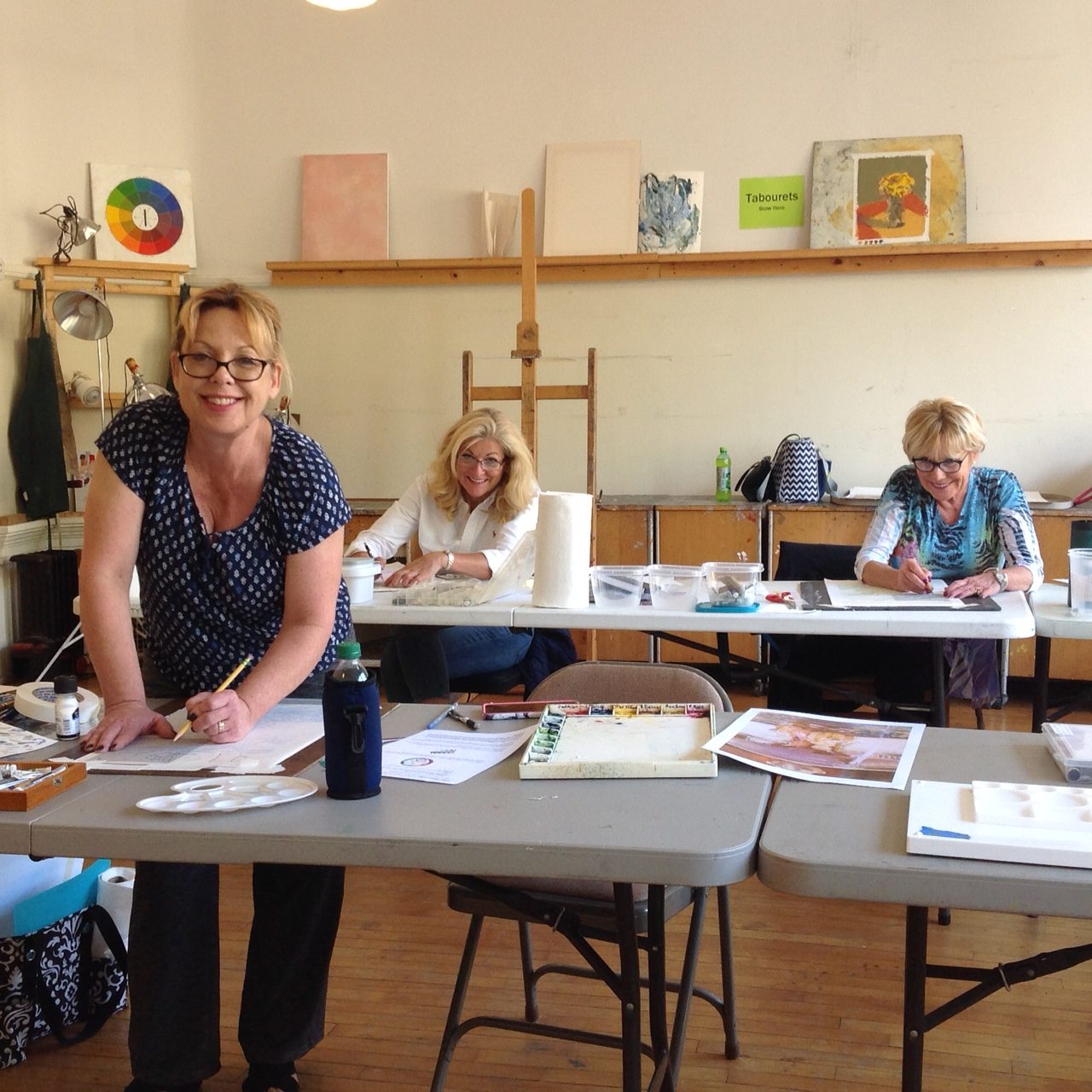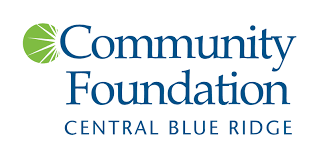Contributed by Lucy Wyndham
When considering taking on a new project or class, some seniors hesitate at the thought of creative activities due to a lack of perceived lack of creativity or not being “good enough” at art. Yet, even novices to the arts can find a creative output with the right project that suits them. So what constitutes as art? Put simply, anything you can create: painting, sketching, doodling, or creating of any kind. You don’t have to be particularly “arty” to enjoy this hobby; there are plenty of ways to get started as a beginner, and there are some surprising benefits to practicing art in senior life that should not be missed.
Social interaction
28% of people aged 65 and older live alone. While living alone doesn’t necessarily imply social isolation, it can be an influential factor, as 1 in 5 senior people do not participate in weekly or social activities. Taking an art class once a week has a positive impact on personal wellbeing, and has even been shown to reduce the risk of Alzheimer’s and dementia. Group participation art classes encourage conversation and relationship building; making new friends can greatly improve your social life and is important for reducing risk of loneliness and depression.
Promotes Health and Wellbeing
On a basic level, if you enjoy participating in art, then you will immediately feel the benefits, as your brain will respond positively and produce serotonin, endorphins and dopamine – hormones that create happiness and the feeling of wellbeing. For the same reason, it alleviates stress and relieves depression.
Physically immersing yourself in an art project has shown to boost self-esteem and creates a sense of accomplishment. Visual participation and appreciation is also known to increase empathy, improve tolerance and patience, and invokes feelings of love.
Why learning is so important
Drawing and painting can increase many of the cognitive functions in the brain, which in turn boosts concentration, increases your awareness of your surroundings, and i

mproves your state of alertness. Any artistic activity that you embark upon that requires learning or developing a skill will give the muscles in your mind some exercise, so practicing your painting helps your brain become healthier. To being with, a new skill may feel awkward and rigid, but as you practice it gets smoother and feels more natural. Practice helps the brain optimize for the specific set of coordinated activities using a process called myelination, which is responsible for the improvement in your practice. A healthy, active mind demonstrates improved memory, and a reduced risk of Alzheimer’s and dementia.
Perhaps the most difficult decision will be which class or course you want to enroll on. Whichever medium you choose to practice, know that you are getting so much more benefit from an enjoyable activity and that by the end you will have a lasting skill and some lovely finished pieces to admire too.







